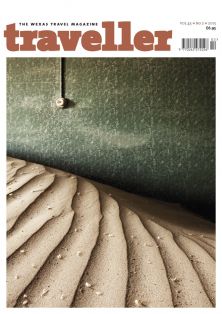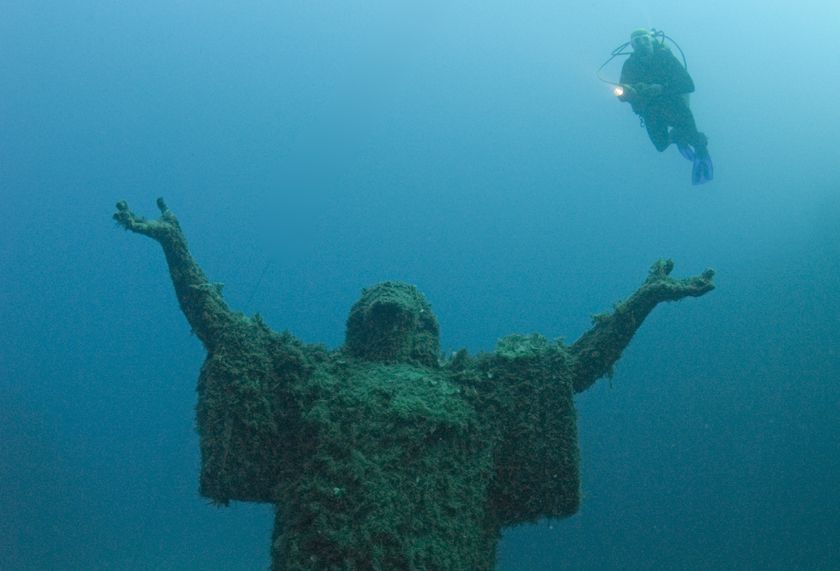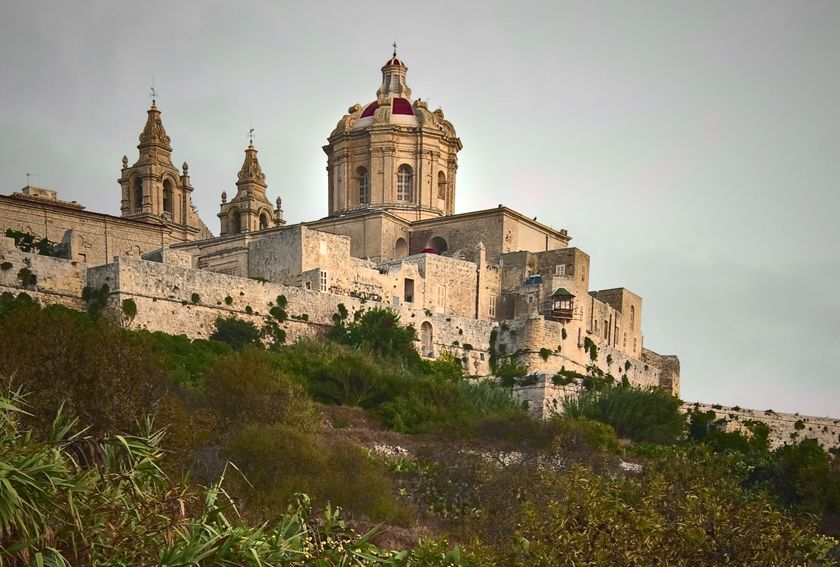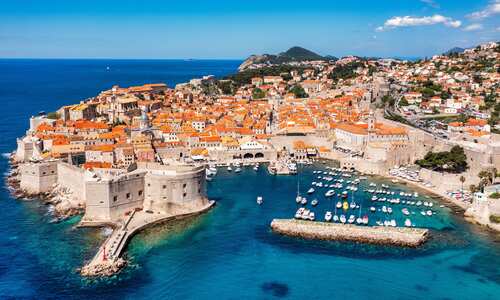Article content
4 January 2016 by Alex Stewart
THERE'S MORE TO MALTA THAN MEETS THE EYE.
"Pay attention; you'll want to remember this if it all goes to rats down there," deadpanned my diving instructor. If you can breathe and swim you can dive, but it helps to have a grasp of the principles of physics if you want to stay alive should things go wrong.
Jonathan, a flinty fellow from Widnes who learnt to dive in the unedifying surrounds of St Helens before moving to Malta to set up Dive Deep Blue almost 20 years ago, takes teaching seriously. After correcting my terminology and enhancing my credibility - "that's a mask, not goggles", "those are fins, not flippers" - he proceeds to champion his adopted home as one of the best places to go on holiday.
"When you've seen sunbeams breaking through the roof of the Comino Caves, watched lampuki hunting along the rock face at Reqqa Point or explored the wrecks of the Imperial Eagle and Um-el-Faroud, there's nowhere else comes close."
Jonathan seemed to have catalogued over the years all the best places to visit in Malta, and remained a passionate advocate of Malta, Gozo and Comino, the three specks that make up the Maltese archipelago. Jonathan's keen to point out how the country is shifting away from its stereotype, saying that "these islands are always reinventing themselves," acknowledging that the beach brigade still come for the sun and sand but more and more people are discovering the country's rugged coastline, history, culture and food.
The tiny archipelago, set at the crossroads of several ancient trade routes between North Africa and Europe, has been inhabited since 5,000 BC. Its pivotal location means that it has been fought over frequently. The Phoenicians, Carthaginians, Romans, Arabs, Normans, Aragonese, Knights of St John, French and British have all had their turn in charge.
In essence, though, Malta is a Mediterranean destination with a hefty dose of North African influence and its own indelible character. This melange is summed up by the Maltese language, which has words that sound French (for example, "hello" is "bongu"), but whose term for "god" is "Alla" - curious in a country that's almost entirely Roman Catholic.
Between lessons on Boyles Law and Archimedes' Principle, I explored the country's historic centres, venturing first to Valleta, former seat of the Knights of St John and Europe's smallest capital. The city came to prominence under the Knights, who were also responsible for the repository of architecture and art here.
Malta's collection of art includes a couple of exceptional paintings by Caravaggio, who fled to Valletta after fatally stabbing a man in Rome; ordained as a Knight, he painted for the church in the hope of a pardon. The canvases are kept in St John's Co-Cathedral, which drips with gold and whose marble floor is a mass of tombstones; some display heraldic patterns, others depict in sumptuous detail the lives of the knights buried beneath. On one, a grinning skeleton holds a book in his bony hand.
Away from the chiaroscuro melodrama of the cathedral, I explored historic corners and sun-bleached streets where sights slowly revealed themselves. A memorable view over Marsamxett Harbour and Malta's historic forts and bastions broke from Upper Barrakka Gardens.
The only better way to see the harbour is aboard a dghajsa, a traditional gondola-type craft paddled by a standing oarsman using two sculls to nose amongst the iconic luzzu fishing boats, painted in vibrant shades of red, yellow, green and dark blue, with the Phoenician eye ever present on the prow to ward off ill-luck.
Inland the ancient hilltop fortified town of Mdina boasted Baroque architecture and treeless, labyrinthine alleyways that echoed with the whisperings of the past. In the evening the honey-coloured limestone buildings, baked by the sun, glowed warmly, as if lit from within.
I sat on the old walls, drank crisp Cisk beer and dined on local delicacies: goat's cheese rolled in olives and capers, served with tomatoes and fennel seeds, a broad bean, garlic and parsley paste called bigilla and aljotta, a garlicky fish soup, followed by rabbit, fried with garlic and cooked in tomato sauce.
As delicious as the food revolution tastes, diving in Malta adds a unique dimension to any holiday here. Legend has it that St Paul was shipwrecked here in 60 AD and introduced Christianity to the island. Since then many more ships have foundered on its shores, and Malta claims to be the wreck capital of the world. Jonathan explained that it's the underwater caves and wrecks that make Malta special. ‘If I wanted to swim in an aquarium,' he said, ‘I'd go to the Red Sea. But here every dive is different. It's about what's round the next corner, and there's masses to see - on a good day, too, the water's as clear as your conscience.'
As my diving skills developed, I learnt to control my breathing and airflow. Balletic sub-aquatic grace continued to elude me, but my confidence grew and the dives became more adventurous, culminating in a wreck dive, a descent to discover the HMS Maori, a World War II destroyer involved in the pursuit and destruction of the battleship Bismarck. In turn, a bomb hit the Maori, moored in the Grand Harbour.
The wreck was later refloated and scuttled below St Elmo's Fort. The scruffy shoreline here was once the redoubt of sailors, charlatans and the assorted flotsam and jetsam associated with a working port. These days it's deserted. We dived into the sea and swam down a series of underwater shelves. Parrot fish, cuttlefish, peacock wrasse and painted comber drifted past. Easing over a small reef, we disturbed an octopus that protested inkily.
Quite suddenly, the prow of the destroyer ghosted out of the gloom. Veiled by a green-brown layer of silt, it looked thoroughly abstract. Tilted and in danger of imminent collapse, the remains of the ship lay on their side. Holes in the fractured hull gaped. A storm or two more and it will be gone. As we gingerly entered the skeleton, a shoal of tiny electric blue fish scattered like sparks. A scorpion fish skulked inside, camouflaged and all but invisible. Fire worms like giant hairy caterpillars climbed the mottled metal.
We ascended through the ship and emerged on the deck. Gun placements were clearly visible. A polished shell case, poignantly useless now, bore the date 1941. A small cross, nailed to the wheelhouse, commemorated those who died when the boat was struck and sunk. It's an eerie but tranquil resting place, a hushed reminder of the hidden depths to be found here, if you scratch below the surface.

Article originally published in
Vol 43, No 2, 2013. [Updated for accuracy, 2016]
1 Malta & Gozo eight-day twin centre tailor-made holiday, from £945
2 Magical Malta eight-day tailor-made holiday, from £1,435
3 Stay at The Westin Dragonara Resort (Deluxe contemporary resort)
4 Stay at the Hotel Phoenicia (Deluxe colonial-style hotel)
5 Stay at the Corinthia Palace Hotel Spa (Deluxe award-winning hotel)












